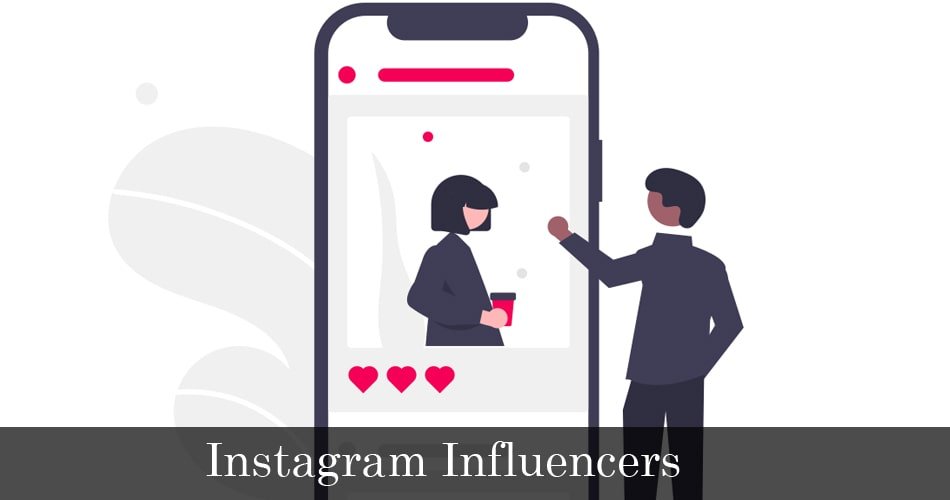Instagram Influencers

Instagram influencers have revolutionized the way brands connect with consumers. With millions of followers, these digital creators wield significant influence over purchasing decisions. They share authentic experiences through captivating visuals and relatable stories, making their recommendations feel genuine. As a result, businesses increasingly turn to influencers for marketing campaigns, recognizing that a single post can create a buzz around their products.
The influencer culture on Instagram shapes trends and lifestyle choices. Followers often view influencers as friends or mentors, fostering a strong sense of community and trust. This connection makes audiences more receptive to new ideas and products. As influencers continue to engage with their followers, they play a crucial role in shaping the future of social media, where creativity and commerce collide in exciting ways.
Types of Instagram Influencers
Instagram influencers can be categorized into six types: Mega, Macro, Mid-Tier, Micro, Nano, and Advocates. These categories help brands understand the varying levels of reach and engagement influencers can offer.
Mega Influencers (1M+ followers)
Mega influencers, with over a million followers, are often celebrities like actors, singers, and sports personalities. They reach a vast audience, making them ideal for large-scale product promotions. However, their approach can be broad and less personalized.
Macro Influencers (500k-1M followers)
Macro influencers have between 500,000 and 1 million followers. They could be TV personalities, athletes, or thought leaders. While brands pay a premium for their influence, macro influencers are effective for large-scale campaigns and bring significant credibility.
Mid-Tier Influencers (50k-500k followers)
Mid-tier influencers, with 50,000 to 500,000 followers, offer a balance between reach and engagement. They create high-quality, authentic content that resonates well with their audience, making them valuable for broader yet personalized campaigns.
Micro Influencers (10k-50k followers)
Micro influencers specialize in specific niches and have 10,000 to 50,000 followers. Their expertise in particular topics makes their recommendations highly credible, driving significant engagement and action from their audience.
Nano Influencers (1k-10k followers)
Nano influencers have between 1,000 and 10,000 followers. They are experts in their fields and offer high engagement rates despite their smaller audiences. They are ideal for small-scale campaigns or as part of a larger influencer strategy
Content for Instagram
Millions spend hours scrolling through Instagram feeds, so creating engaging content is crucial. High-quality content is more important than ever, especially with the platform’s evolution. Creativity often trumps expensive equipment, with many successful accounts using smartphone cameras.
Instagram supports both photos and videos (up to 15 seconds), giving influencers creative freedom. Deciding between photos and videos depends on the content’s nature and audience preferences.
When to Use Photos
- To convey a clear message in a single shot
- For beautifully staged portraits or still life
- To share a compelling story through a series of photos
When to Use Videos
- For show-and-tell content like makeovers or hauls
- Short, step-by-step tutorials
- Mini travelogues and location walks
- Shout-outs and testimonials
Combining Photos and Videos
Using tools like Flipagram, influencers can merge photos, videos, links, and text into short, engaging clips, offering a dynamic way to share stories.
Creating Captivating Captions
Captions should be short and sweet. Engaging photography and inspiring images are the focus, but a well-written caption adds context, showcases brand personality, and motivates action. Use hashtags wisely to expand reach and engagement. A unique, easy-to-spell hashtag helps track metrics and build a campaign community.
By understanding these aspects, brands can effectively leverage Instagram influencers to create impactful and engaging marketing campaigns.
Conclusion
In the dynamic world of social media marketing, Instagram influencers have become indispensable. Their authentic connections and influence over purchasing decisions are unparalleled. By leveraging the strengths of mega, macro, mid-tier, micro, and nano influencers, brands can craft campaigns that resonate deeply with their audiences.
Instagram’s diverse content formats, combined with strategic use of captivating captions and hashtags, help brands stand out. As influencers shape trends and foster community trust, they lead a new era where creativity and commerce beautifully intersect. Embracing this approach allows businesses to reach and genuinely engage with consumers, driving meaningful and lasting connections.